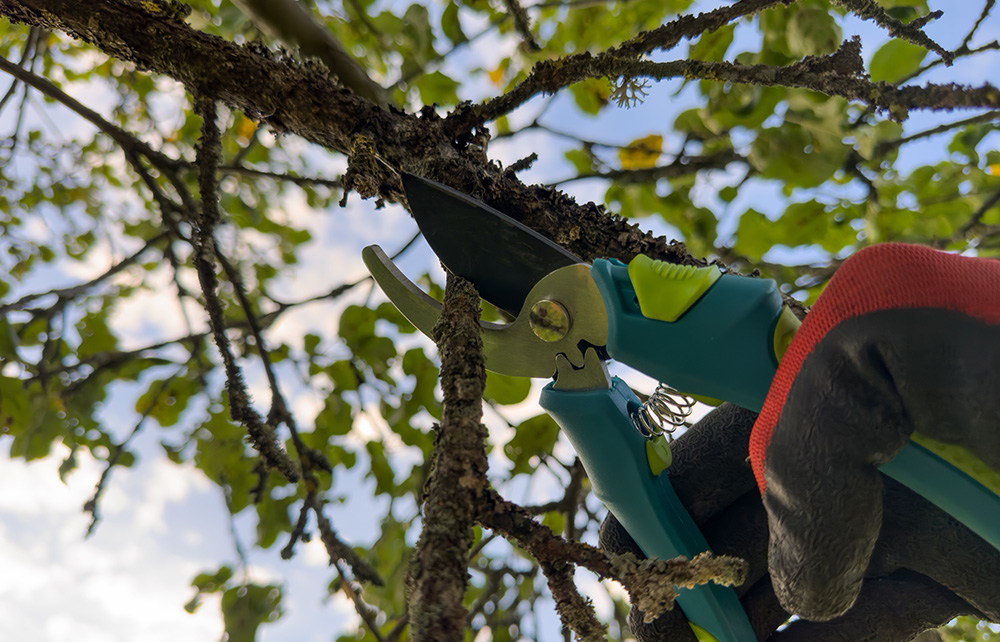Tree pruning in Ottawa is a horticultural practice involving the selective removal of specific parts of a tree, such as branches, buds, or roots. The primary goals of pruning are to improve the tree’s structure, promote healthy growth, enhance aesthetic appeal, and ensure safety by eliminating potential hazards. This practice is essential for maintaining the health and vitality of trees in both urban and rural landscapes.
The Importance of Tree Pruning
- Health and Growth: Pruning helps to remove dead, diseased, or damaged branches, which can prevent the spread of pests and diseases. By cutting away these parts, the tree can focus its energy on producing new, healthy growth. Additionally, pruning can increase air circulation and sunlight penetration, both of which are vital for the tree’s overall health.
- Aesthetic Appeal: Trees are often pruned to enhance their visual appeal. By carefully shaping the tree, homeowners and landscapers can create a more pleasing and cohesive look within a garden or yard. This can involve creating a more balanced canopy, removing unsightly branches, and encouraging the growth of flowers or fruits.
- Safety: Overgrown or improperly maintained trees can pose significant hazards. Dead branches can fall and cause injury or property damage, especially during storms. Pruning helps to mitigate these risks by removing potentially dangerous limbs. It also ensures that branches do not interfere with power lines, buildings, or walkways.
- Fruit Production: For fruit trees, pruning is critical to maximize yield and quality. Removing excess branches allows more sunlight to reach the inner parts of the tree, which is essential for fruit development. Pruning also helps to manage the size of the tree, making it easier to harvest.
Types of Tree Pruning
- Crown Thinning: This involves the selective removal of branches to increase light penetration and air movement throughout the crown. It helps to maintain the tree’s structure while reducing the weight of heavy branches.
- Crown Raising: This technique involves removing the lower branches of a tree to provide clearance for buildings, vehicles, or pedestrians. Crown raising is often used in urban areas to ensure trees do not obstruct roadways or sidewalks.
- Crown Reduction: This method reduces the size of the tree, usually to decrease the risk of the tree becoming a hazard. It involves cutting back the tree’s height or spread and is typically used when a tree has grown too large for its location.
- Deadwooding: The process of removing dead, dying, or decaying branches from the tree. This type of pruning is essential for safety and the health of the tree, as it prevents disease spread and reduces the risk of falling branches.
- Pollarding: A more severe form of pruning where the tree is cut back drastically, encouraging a dense head of foliage and branches. This method is often used for aesthetic purposes or to manage tree size in confined spaces.
Best Practices for Tree Pruning
Pruning should be performed with a clear understanding of tree biology to avoid damaging the tree. It is often best done during the tree’s dormant season (late winter to early spring) to minimize stress and encourage robust growth in the spring. Using the right tools, making clean cuts, and following the natural shape of the tree are essential practices. In many cases, consulting a professional arborist is recommended, especially for large trees or when extensive pruning is required.
Conclusion
Tree pruning is a vital practice for maintaining the health, safety, and beauty of trees. Whether for improving tree structure, enhancing fruit production, or ensuring safety, proper pruning techniques can significantly benefit trees and the landscapes they adorn. Regular and thoughtful pruning helps ensure that trees continue to thrive and contribute positively to their environment.

